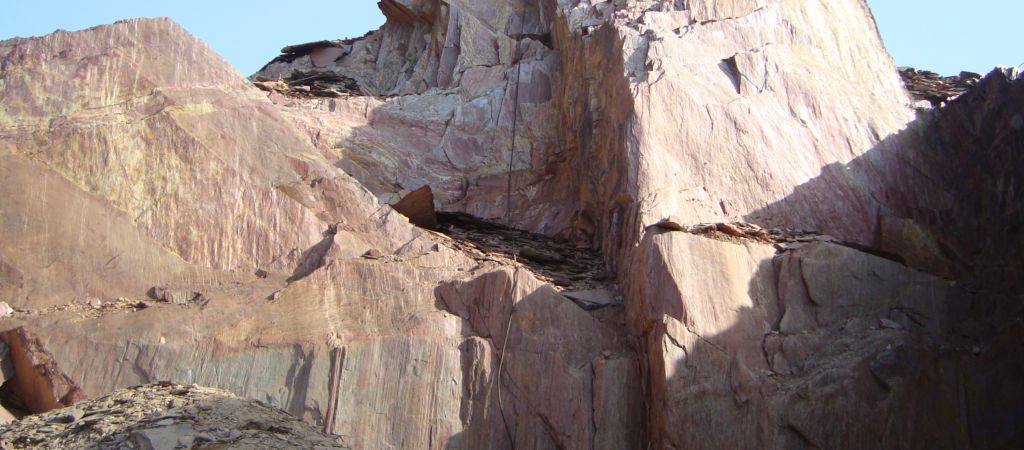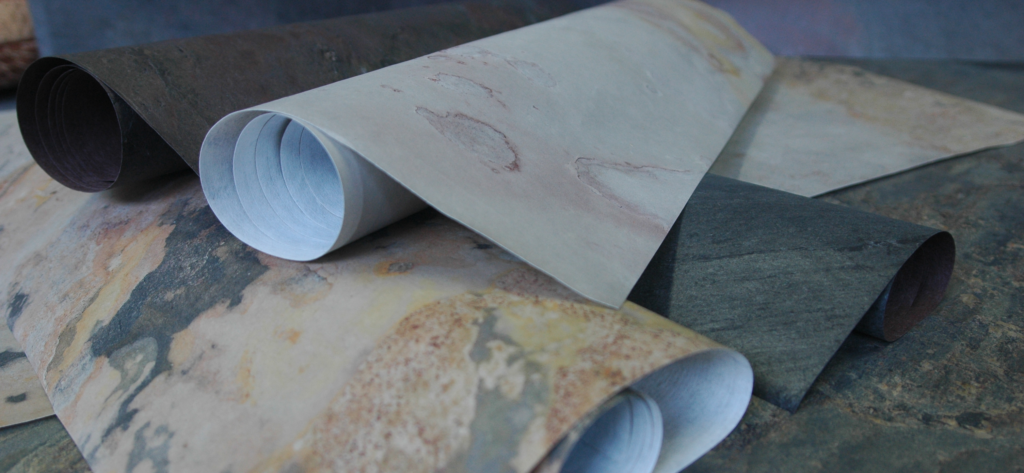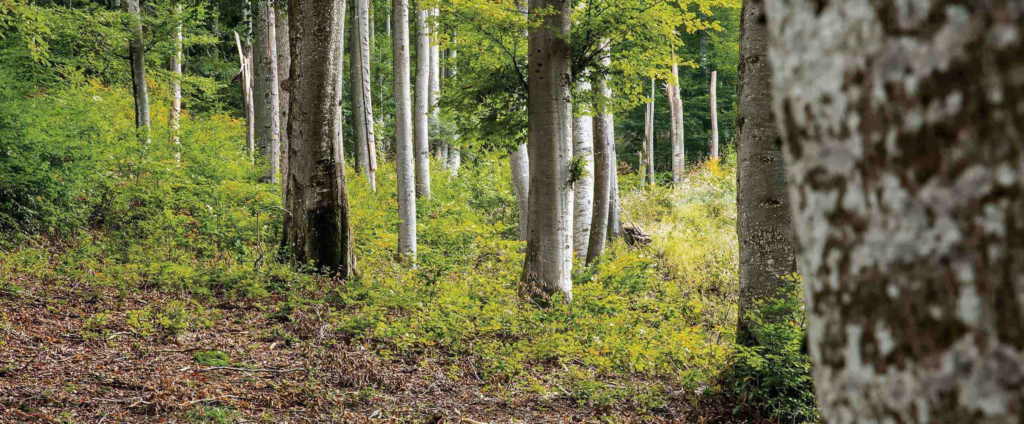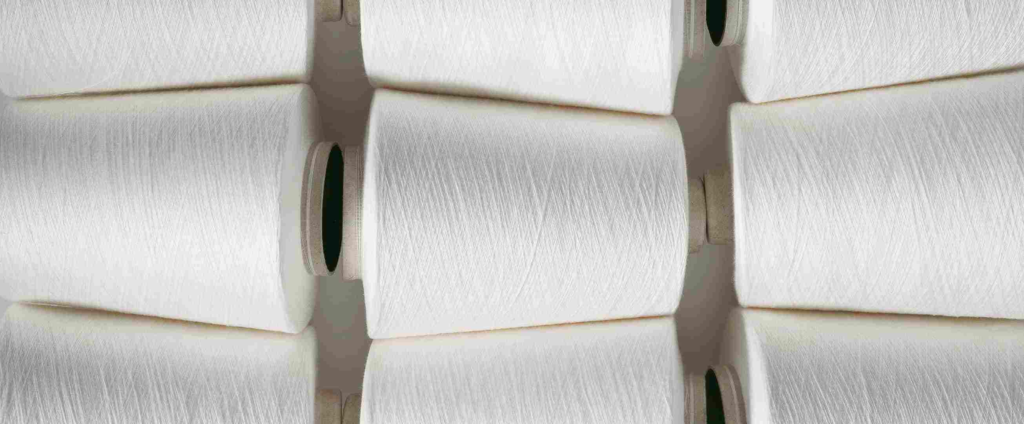Slate stone formation and the production of Ultra Thin Stone Veneer
Have you ever stopped to think about where the slate used in your roofing tiles or flooring comes from? It may surprise you to learn that slate is actually a metamorphic rock, formed through a process of heat and pressure over millions of years.
The journey of slate begins with sedimentary rock, such as shale or mudstone. These rocks are formed from the accumulation of sediments, such as mud, clay, or silt, in a marine or freshwater environment. Over time, these sedimentary rocks are subjected to high pressure and temperature, either through tectonic activity or burial beneath overlying layers of rock.
During this process, the minerals in the sedimentary rock are rearranged and recrystallized, forming a new rock with a foliated structure. This new rock is called slate, and it is composed of thin, closely spaced layers of minerals such as mica, quartz, and chlorite. The layers are typically parallel to the original sedimentary layers, and the rock has a fine-grained, homogeneous structure.

Natural ultra-thin slate stone veneer is produced from real, natural slate rock that has been carefully selected for its quality and beauty. The slate is then cut into thin slices, typically less than 3/8 inch thick, using specialized equipment such as a diamond saw or a water jet cutter.
The thin slices of slate are then sorted and graded based on color, texture, and other characteristics. The highest quality slices are chosen for use in the production of natural ultra-thin slate stone veneer, while lower quality slices may be used in other products or discarded.
After the slate has been cut and graded, it is carefully hand-sorted and cut to size, if necessary, to fit the desired application. The thin slices of slate are then adhered to a backing material, such as cellulose non woven or a textile backing, using a high-quality adhesive.

The resulting natural ultra-thin slate stone veneer is a lightweight and flexible product that can be easily installed over a variety of surfaces, including wood, drywall, and concrete. It is an excellent alternative to traditional, thicker slate products, and it is often used to add a natural, rustic touch to homes, commercial buildings, and other structures.
Slate is known for its strength, durability, and resistance to weathering, which is why it has long been used as a building material. In addition to being beautiful and durable, natural ultra-thin slate stone veneer is also environmentally friendly. It is made from a natural, renewable resource and can be easily recycled at the end of its useful life.
So the next time you see a slate roof or walk on a slate floor, take a moment to appreciate the incredible journey that this rock has been through to reach its final form. The formation and production of natural ultra-thin slate stone veneer is a testament to the power of time, pressure, and human ingenuity, shaping the world around us in ways that we may not always see.







